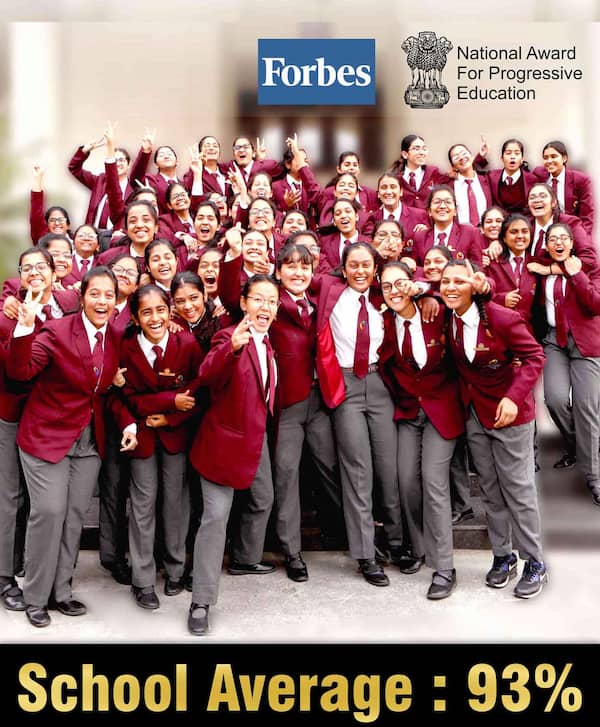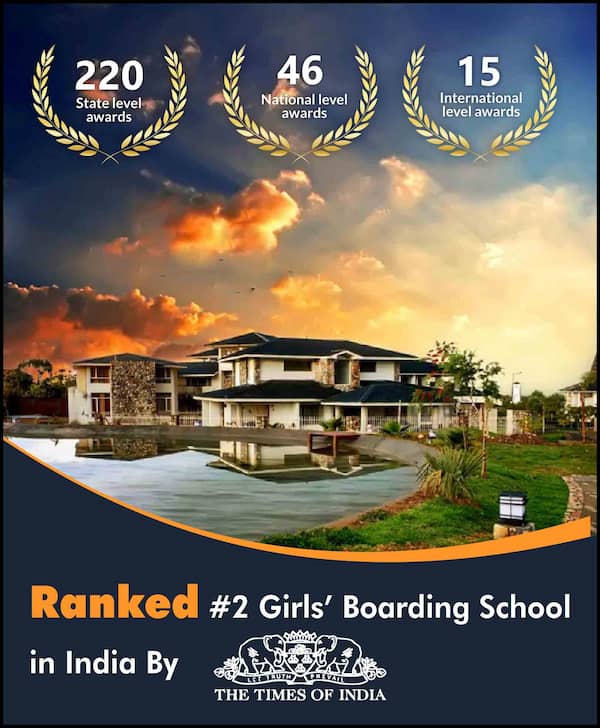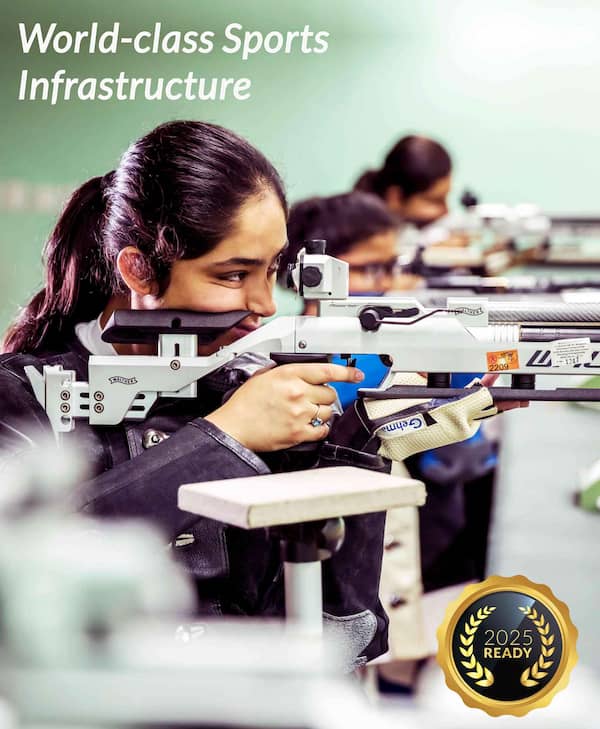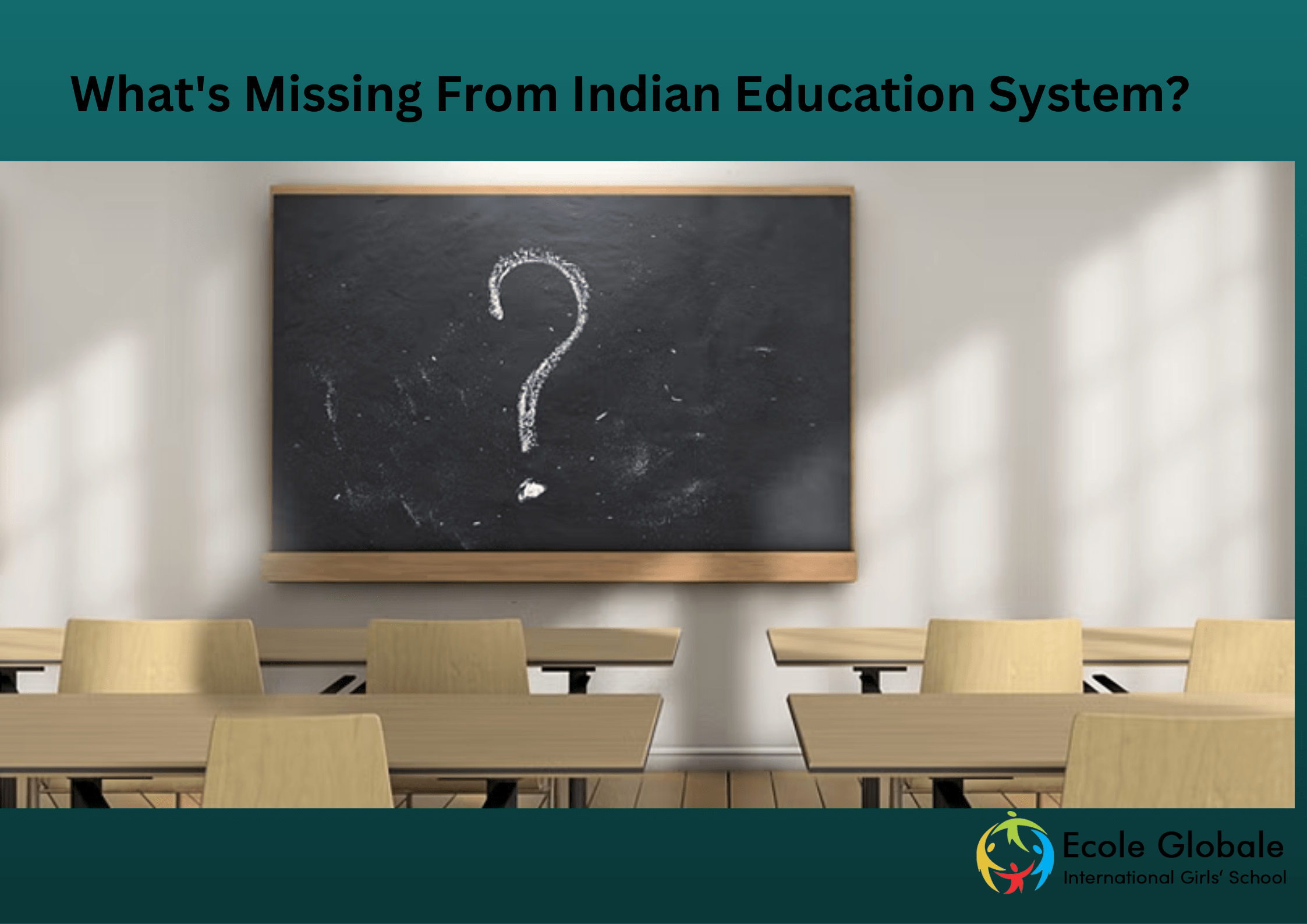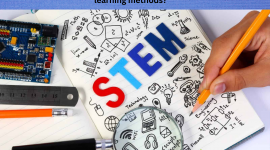Do you want a better education system in India ? Are you concerned about how our primary and secondary education methods are not producing higher levels of thinking, reasoning and questioning skills required in today’s world? There are many discussions on various online forums, social media, and national TV channels.
We hear the shortcomings of our current education landscape. But what’s missing from our Indian Education System? Why have a majority of people go through the same education system, but can not pass entrance tests or crack interviews?
Also Read : How The 5+3+3+4 Education System Promises To Improve Learning
The Present Indian Education System

Education is the process of acquiring knowledge and skills. Education can be formally or informally acquired, but most of the time, education is acquired through an educational institution or school. In Boarding schools in India , we have a system of education which is greatly influenced by our culture, history and social environment.
The present Indian education system was inherited from British rule when they established schools, colleges and universities in India during the 18th century. At that time it was only limited to the cities and towns but now it has become a part of our daily life since almost every village has at least one school offering education till primary level.
Based on the kids’ developmental needs, the current curriculum of school instruction is being revised. The 5-3-3-4 pattern shown in the table below is one that the NEP suggests:
| Years | Stage | Curriculum |
| 5 | Foundational | 3 years of pre-primary followed by class 1 and 2 |
| 3 | Preparatory | Classes 3 to 5 |
| 3 | Middle | Classes 6 to 8 |
| 4 | Secondary | Classes 9-12 |
There Needs To Be More Innovative Teaching Methods

It’s missing the innovation, creativity, and passion that we see in students from other countries. We need to change our educational system so that it can foster those traits in our children.
The way we teach math, for example, is very rigid and very uninspired. It doesn’t allow for much room for creativity or innovation—the kind of things that lead to better problem-solving skills and better critical thinking skills.
We also don’t provide our students with enough opportunities for hands-on learning outside of school. That makes them less likely to develop the kind of curiosity about their world that helps them grow as people and be prepared for life after graduation.
One of the biggest problems facing Indian students is that teachers don’t have many innovative teaching methods at their disposal. They use the same old methods that have been around for decades, and that means students aren’t getting the most out of their education.
Teachers need to be able to think outside the box so they can provide students with a more engaging learning experience. That will help them retain more information, giving them better preparation for higher education and future careers.
The Indian Education System Still Relies Heavily On Rote Learning

The Indian education system is still heavily reliant on rote learning, which is not only ineffective but can also be detrimental to children’s development. Rote learning involves memorising information by repeating it over and over again without understanding the concept behind it. That is problematic because students who use this approach have difficulty with problem-solving skills, creativity, and critical thinking later in life.
Students are often forced to memorise information without understanding it or applying it in real-life situations. That can harm their ability to think critically and creatively later in life because they haven’t been allowed to practice those skills.
They’re young enough to learn them quickly and easily without pressure from outside forces like parents or teachers who demand high test scores or grades before moving forward into higher levels of education (or even graduating high school!).
The School Curriculum Is Outdated
The curriculum is so rigid and inflexible that students are forced to pursue courses they’re not interested in just because they fit into the school’s requirements. That ends up being a huge waste of time and energy for both the student and their parents. Students who have an interest in art or music should be allowed to study these subjects even if they don’t appear on the school’s list of approved electives.
One issue is that our curriculum is often outdated. There have been some attempts to modernise it, but they’ve fallen short of the mark. The Indian government needs to take a more proactive approach to ensure that students are learning what they need to know and preparing them for the future.
Another issue is that a lot is missing from our education system. Students are taught how to be good citizens but not how to be good citizens—and that’s a problem because it means we’re missing out on some crucial skills like critical thinking and problem-solving. That can lead to students not being able to adapt when they’re faced with new challenges or situations, which can make them less effective at solving problems throughout their lives.
Following Your Interests

In the Indian education system, the student is often seen as a passive recipient of knowledge. The teacher is expected to impart a certain amount of information to them and then give them a set of questions to answer. While this does help students develop their ability to answer questions, it doesn’t allow them to explore and pursue their interests.
The result is that many Indian students feel disengaged from their education because they aren’t allowed to pursue topics that interest them or ask questions that they want answering by their teachers. This can lead to low motivation and poor performance in school.
If we are going to improve our education system, we need to encourage students to follow their interests by providing an environment where they feel comfortable asking questions and pursuing their own goals.
Recognising Alternative Careers
The Indian education system is good at preparing students for a wide range of careers, but it doesn’t do much to prepare them for alternative careers—jobs that may not be as common or well-known in the west.
That can be problematic when you consider that India has a rapidly growing population and an economy projected to grow by an average of 7% per year until 2030.
There are some reasons why this happens. First, there’s often a stigma associated with non-traditional jobs: people think they’re “beneath” them or maybe even pointless because they don’t provide the same social status as other jobs.
Second, there aren’t enough opportunities available for people who want to work in these fields so they might not even know about them or how they could get started without going back to school (which can be expensive).
Third, if someone wants to pursue an alternative career path, they’ll often find barriers. Such as limited access to training programs or lack of financial assistance programs available for low-income families who need help paying tuition fees etc.
Offering More Technical Education And Computing Practice
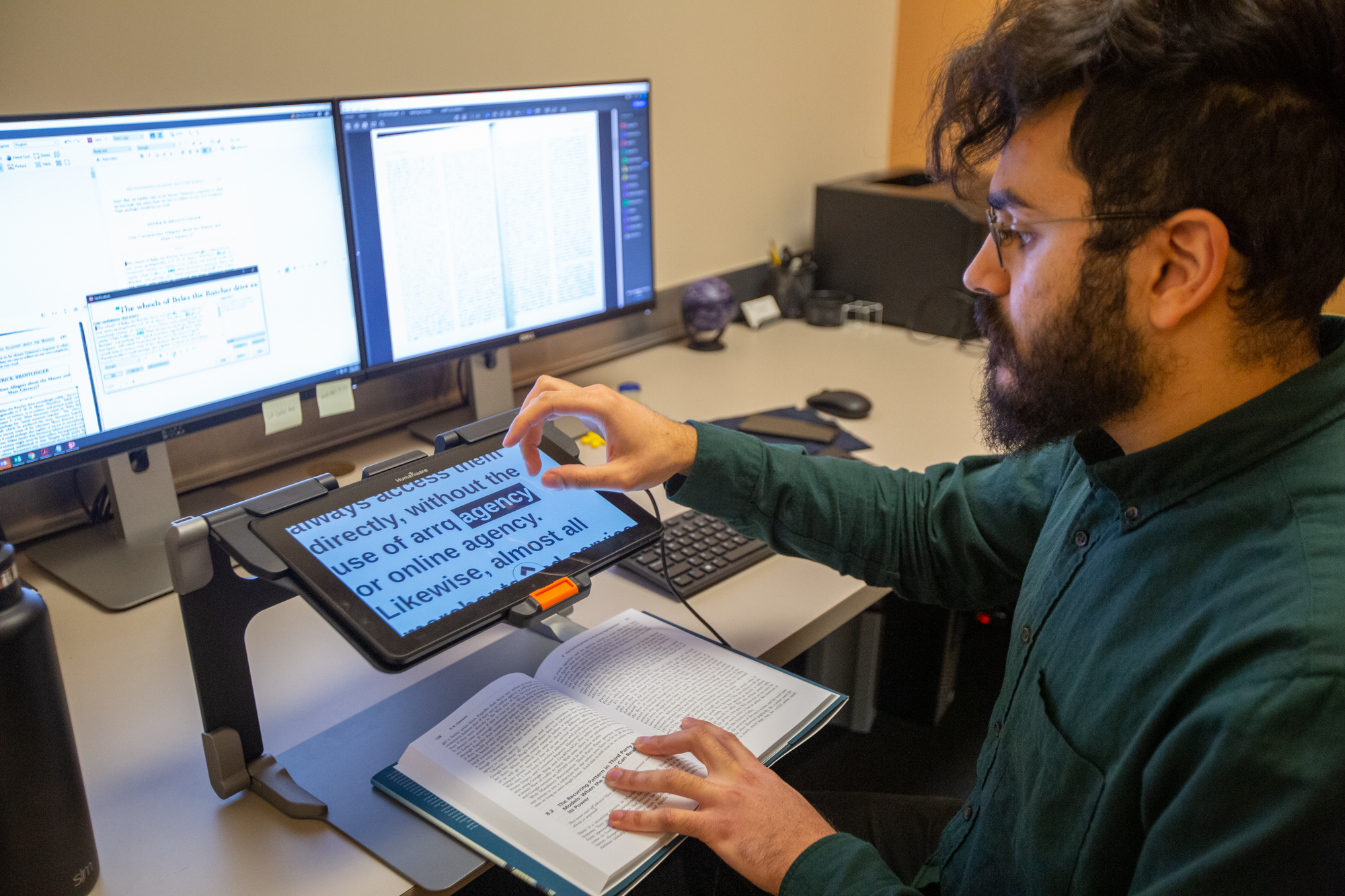
With the rise of technology and the need for more computer programmers, India needs to catch up.
The Indian education system needs to offer more technical education and computing practice so that students can be prepared for their future careers.
That will also help them to learn how to code and improve their programming skills.
In India, there are plenty of opportunities for students to get a good education in traditional academic subjects like math and science. But there are fewer opportunities for them to learn about technology and computing, which are becoming increasingly important in our globalised world.
The good news is that more and more people are starting to recognise this gap and take steps towards closing it: for example, by providing more opportunities for young people to learn about coding or robotics through after-school programs or summer camps.
Enabling Creativity
Creativity is not encouraged in the Indian education system. Instead of encouraging students to be creative, the teachers give them books and ask them to memorise them. The teachers teach things, but there is a lack of encouragement for their students to use their creativity. If a student has a problem with something, they will not be able to solve it because they don’t know how to think creatively. They just learn by memorising things instead of understanding them.
Teaching Entrepreneurship
Entrepreneurship has many benefits for society, including boosting the economy and creating jobs. But in India, where there is a growing youth population and the majority of people are poor or unemployed, entrepreneurship can have an even more significant impact on individuals and families.
This article will discuss what is missing from India’s education system teaching entrepreneurship and how we can improve this situation so that more people will become entrepreneurs and help their communities grow economically.
Conclusion
These are just a few subjects that are missing in our educational system. What do you think should be taught in schools?
The Indian education system is a victim of its success. The country’s rapid economic growth has enabled it to rise from the bottom of the global rankings for education attainment in just over two decades, but it still has a long way to go.
While India’s government is working hard to improve access to education and increase quality, there are still many challenges that need to be addressed.
For any queries related to parenting, schooling, or any student-related tips, click here to check out our latest blogs.

